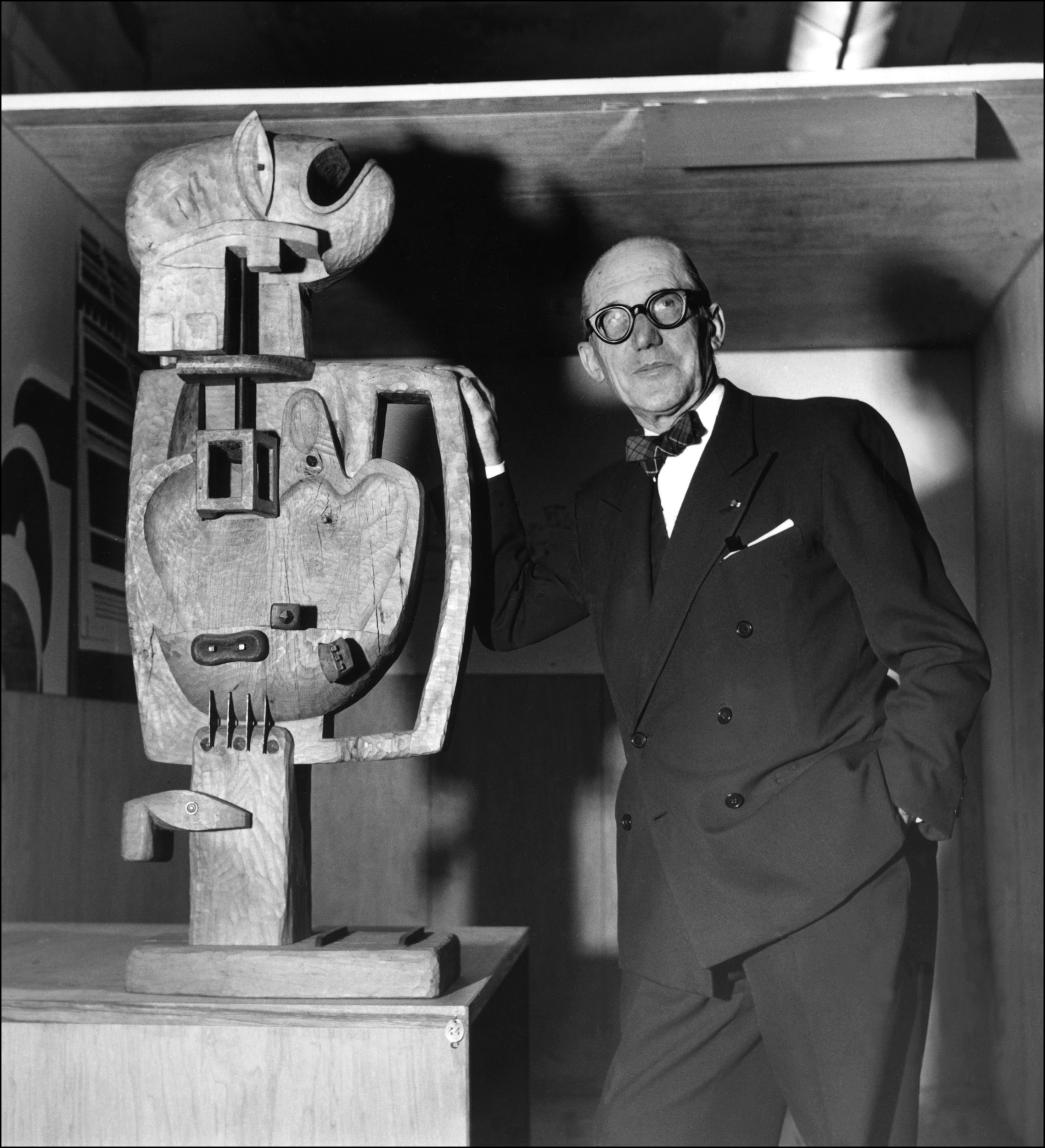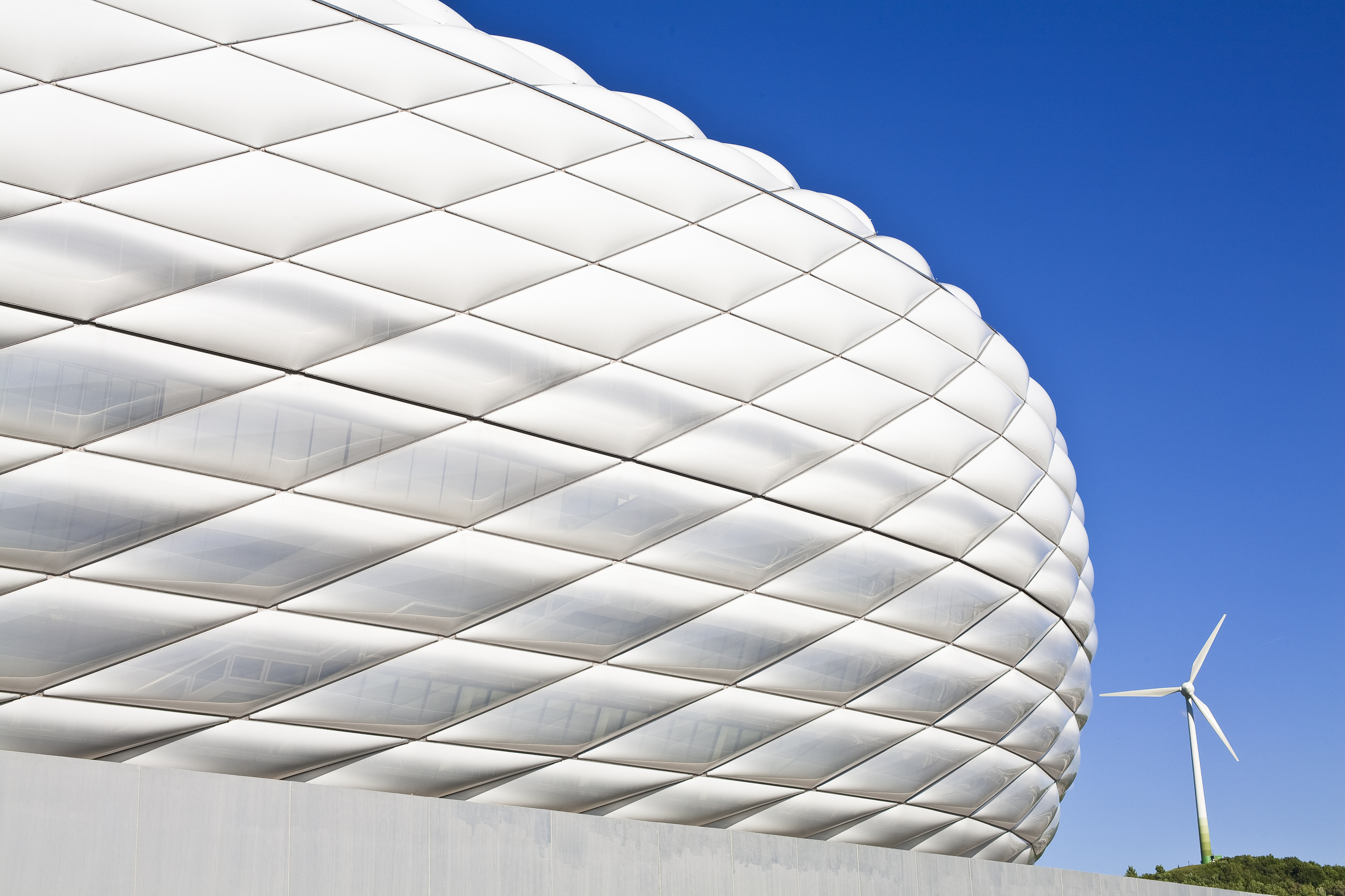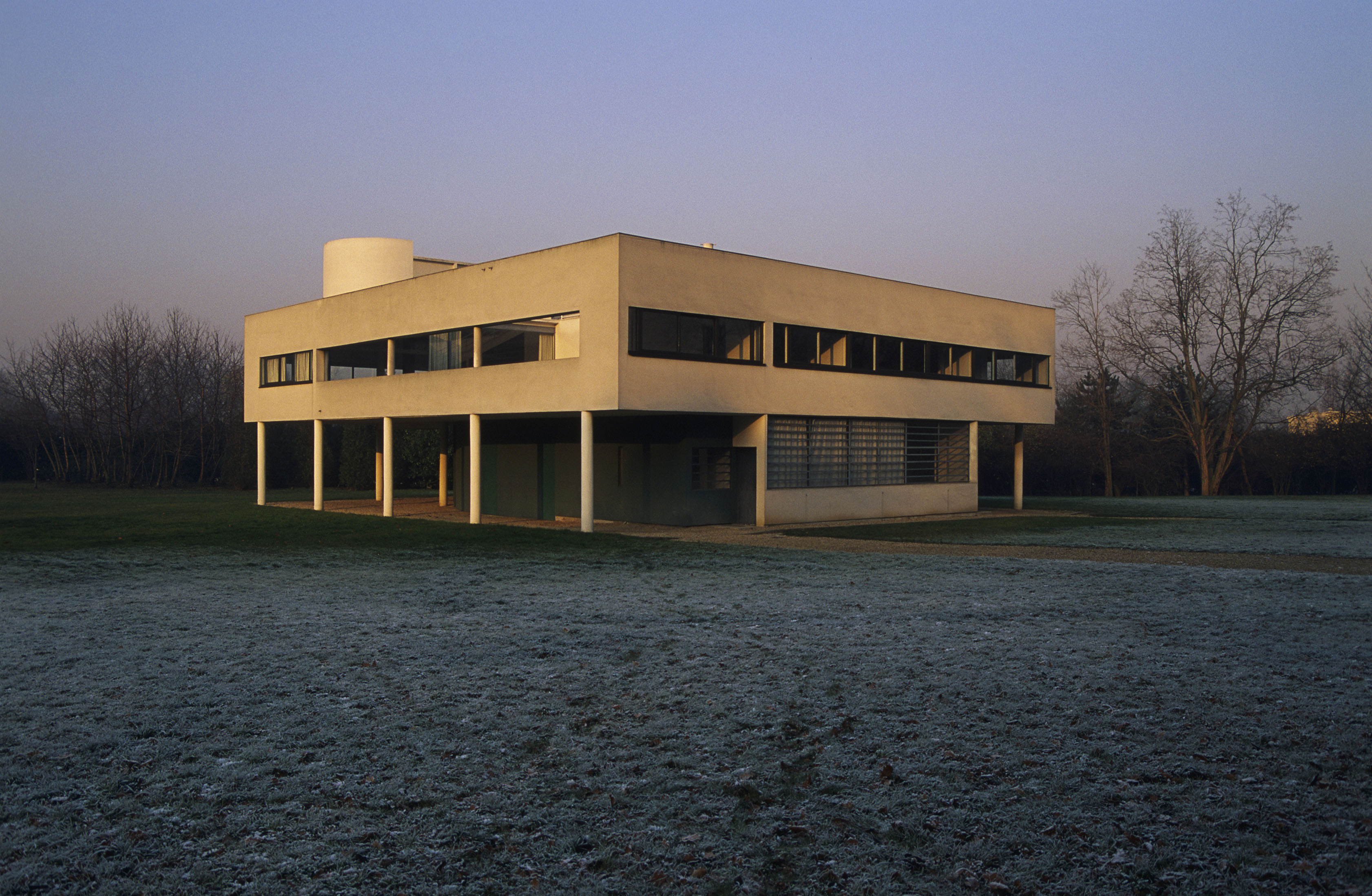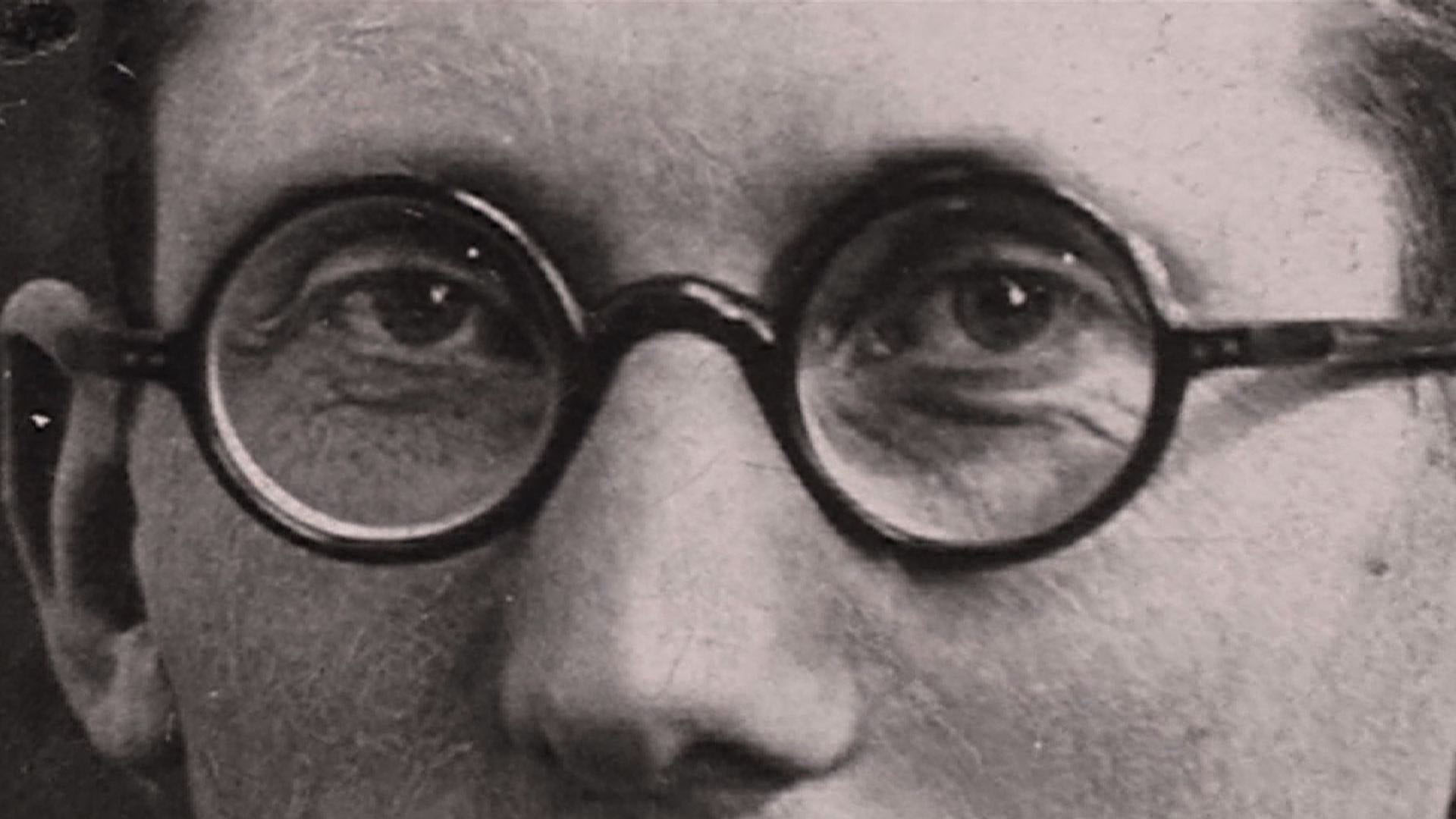“A concrete block, with a pair of glasses embedded”

Le Corbusier was a giant of 20th-century architecture whose work, to be seen all over the world, continues to have its admirers and detractors. It is just 125 years since he was born in the western Swiss town of La Chaux-de-Fonds.
To mark the anniversary, swissinfo.ch talks to Swiss artists and writers who have featured him in their work – or who happen to have been born in his home town.
This young generation admire Le Corbusier, but approach him with a touch of irreverence. Take for example Plonk&Replonk, otherwise known as the Froidevaux brothers, artists famous for their surrealist humour from La Chaux-de-Fonds. How would they imagine Le Corbusier’s face if they had to draw it?
One of them muses: “A concrete block, with a pair of glasses embedded in it”.
Cold shoulder
It’s hard to get away from the glasses, which are part of the Le Corbusier icon. On the Swiss 10-franc note that features him, the big thick horn-rims are the first thing you see. Taken from a well-known photograph of the architect, it is the National Bank’s homage to a native son.
“A wonderful homage at ten measly francs,” comments Plonk ironically, knowing that Switzerland took a long time to appreciate the genius of its greatest artist of the 20th century.
“That’s always the way,” adds Replonk. “Switzerland recognises its artists once they have got official approval abroad.”
Nicolas Verdan, authoer of “Saga. Le Corbusier”, a fictional account of the great man’s life, agrees.
“Switzerland turned a cold shoulder to its most famous architect, but he gave as good as he got. That can be seen from his memoirs and private notes. In his writings, the word ‘Switzerland’ is often paired with critical and sarcastic remarks. For him, his native country was associated with failure. His frustration was only accentuated by not getting the commission for the Palais des Nations in Geneva.”
Devoted to his mother
Nevertheless, Le Corbusier did not entirely give up on Switzerland. His attachment to his country is not really expressed in his works, which tended to be colossal in foreign countries (like the city of Chandigarh, India), but much more modest in Switzerland (the Clarté building in Geneva, the Maison Blanche in la Chaux-de-Fonds).
Le Corbusier’s was attached to Switzerland through his mother, whom he came to visit regularly, “forced by an uncontrollable need to show her that he was the best, or at least worthy of the commissions he was getting from all over the world”, says Verdan.
When he was researching his novel, Verdan met the postman who had delivered Le Corbusier’s letters to his mother. The postman told him that he thought the family very odd.
“It is true that Le Corbusier was a man of mystery,” says Verdan. “Despite his international reputation there are still aspects of this carefully maintained mystery that have not been cleared up. There has always been confusion about his identity, for example. A lot of people still think he was French.”
Le Corbusier does not seem to have cared much about nationality – he was above the world, says Verdan. “He was literally above it. This was a man who did a lot of flying. From the sky, he sketched rivers.” He was aloof from the madding crowd.
“Supremely self-confident,” Le Corbusier was well aware of the extent of his talent.
Worldwide acclaim
Latin America, Asia, the Middle East, North Africa – they wanted him everywhere. In India, he built a whole new city, Chandigarh. In Brazil, his influence had a crucial impact on the architects who built Rio de Janeiro in the 1950s. In Algiers, he did all he could to get his design for the Casbah accepted. The French government was opposed: this Swiss maverick was a threat to their ideas of colonial architecture.
But Le Corbusier wasn’t the kind to lose heart, and he had plenty of other works in mind. In his own way, he was a colossus bestriding the world of architecture, which means there is still a certain amount of difficulty getting inside his head.
“It is not easy to get a feel for him,” admits Fribourg actor Jean Winiger, who created the character of Le Corbusier on the stage in 2004.
“At first you get the feeling of a cold, even icy authority,” he says. “But the more you work on the character, the more you realise that there is in him a brotherly care for others and the desire to bequeath a beautiful and just future to society.”
“His tower blocks like the Cité radieuse in Marseille were striking a blow against individualism. The towers linking homes and shops encouraged different social classes and economic sectors to come together. In this sense we can see Le Corbusier as having invented the idea of coexistence and devising a kind of democratic ideal.”
Charles-Edouard Jeanneret, who called himself Le Corbusier, was born in La Chaux-de-Fonds in 1887.
After training as an engraver at the College of Art there, he made the leap to architecture.
He settled in Paris in 1917, where he opened an architecture practice.
In 1919, he launched the journal Esprit Nouveau.
From 1920 on, “purism” was the watchword of his work.
From 1929 on, he focused his work on the problems of overcrowded cities.
He died in 1965 à Roquebrune-Cap-Martin, on the French Riviera, where he had built a holiday retreat.
Two unsuccessful proposals have been made for his work to be included in the Unesco World Heritage list.
It is planned to submit them again in 2014.
1930-1932: SwissPavilion at the Cité Universitaire in Paris
1946 à 1952: Cité radieuse in Marseille
1950: reconstruction of the Chapelle Notre-Dame du Haut at Ronchamp.
1950s: design of Chandigarh, a new capital for the Punjab in India.
1960: redesign of the waterfront at Algiers.
(adapted from French by Terence MacNamee)

In compliance with the JTI standards
More: SWI swissinfo.ch certified by the Journalism Trust Initiative



You can find an overview of ongoing debates with our journalists here. Please join us!
If you want to start a conversation about a topic raised in this article or want to report factual errors, email us at english@swissinfo.ch.